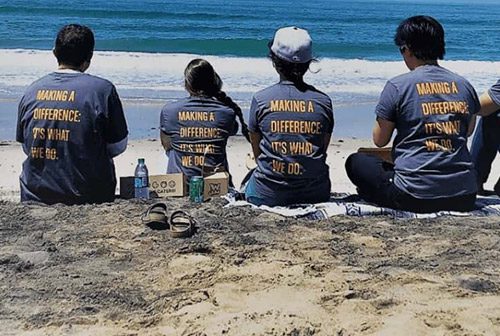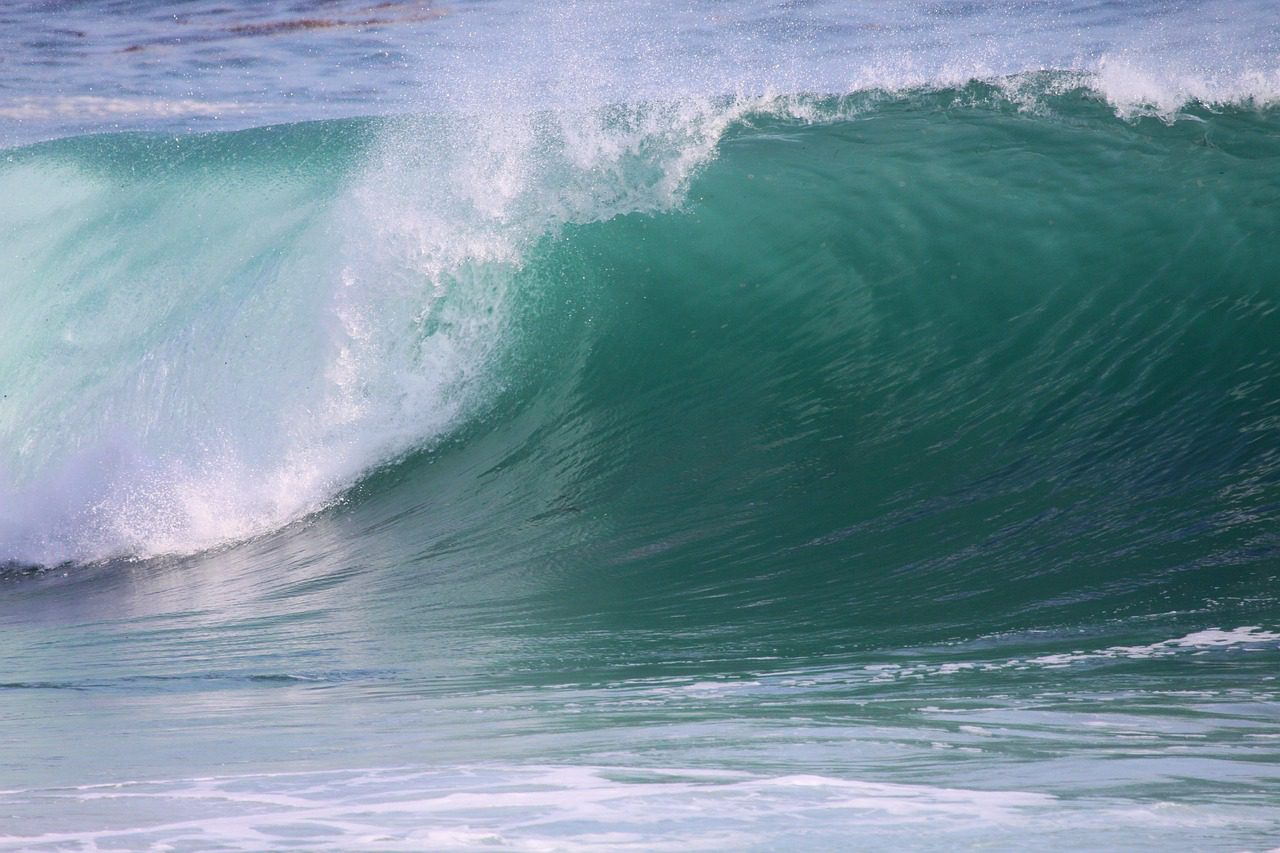In a recent New York Times article I was quoted as saying, “The (auto) shredding business poses a risk to the environment, as well as to people’s health.” An industry representative stated that she thought I was expressing my personal opinion. Personal opinion? How about facts? What follows is my closing argument.
Ladies and gentlemen of the jury, the evidence in this case is persuasive, powerful and compelling. You have heard and seen evidence that the shredding of automobiles and major household appliances poses a danger to both the environment and people’s health. I am asking that you return a verdict that says the same.
Automobile shredding is a process wherein a hammermill rips and grinds materials fed into fist-size pieces. Auto shredder waste (ASW) is the15– 20 percent of vehicle materials remaining after a vehicle has been shredded and removed of reusable parts and metals. This waste is composed of plastics, rubber, foam, residual metal pieces, paper, fabric, glass, wire, hoses, rubber gaskets, sand, dirt and other non-metallic waste that remains from recycled automobiles, trucks, buses, and household appliances. ASW contains heavy metals (lead, copper, zinc and cadmium), chlorine and polychlorinated biphenyls (PCBs).
ASW is also known as “fluff.”
In California, mercury switches and lead wheel weights are required to be removed from automobiles prior to shredding. All too often these toxic materials are not removed. The shredded waste is coated with an alkaline material that is designed to prevent metals from leaching out from the cement-like coating. Treated ASW has been designated “non-hazardous waste” by the Department of Toxic Substances Control and can be disposed of at permitted non-hazardous landfills. For the most part ASW is used as Alternate Daily Cover (ADC) at the landfills.
In September 2011, the Los Angeles district attorney’s office announced that a $2.9-million settlement had been reached with SA Recycling LLC, a metal recycler headquartered in Anaheim. I initiated the SA recycling investigation in 2008 while I was the chief of enforcement at the Department of Toxic Substances Control (DTSC). In May 2007, an explosion occurred at the company’s Terminal Island shredder, which destroyed the air pollution control system (APCS). The Terminal Island facility continued to operate for 120 days without a fully functioning APCS. As a result, approximately 4.4 tons of toxic particulates were released to the air, and migrated to bay waters and the environmental justice community of Wilmington putting local residents and the environment at risk.
In 2009, with the support of California’s Department of Toxic Substances Control, University of California (Davis) Professor Thomas Cahill published a study on air quality at Southern California ports. Professor Cahill’s report determined that the Terminal Island auto/appliance shredder contributed to “rates of morbidity and mortality among the residents that are far higher than the California average. The results show clear violations of California lead and zinc hazardous waste levels in the city of Wilmington, CA, which lies directly downwind of the ports.”
The complaint also alleged that shredder waste was illegally transported by unregistered hazardous waste haulers; and, DTSC’s analytical results indicated that certain samples of treated auto shredder residue destined for the Simi Valley Landfill in Ventura County and Chiquita Canyon Landfill in Santa Clarita exceeded regulatory thresholds for lead, zinc or cadmium. Both facilities are non-hazardous waste landfills.
At the end of 2011, San Diego News 10 and San Diego Coastkeeper joined forces and investigated Pacific Steel, a National City recycling yard that at one time operated an automobile shredder, in response to complaints that there were piles of toxic soil at the site. In 2002, DTSC issued an “imminent and substantial endangerment” order against Pacific Steel, because dust blowing from contaminated piles of fluff and dirt put an environmental justice community, a school and a creek at risk. The piles contained PCBs and toxic metals such as lead, zinc and copper. In 2004 a San Diego court ordered the site cleaned up. For more than 9 years Pacific Steel ignored the orders. In November 2011, Channel 10 reported the ongoing violations. In December DTSC responded to the Channel 10 News report and forced Pacific Steel to clean up the site. It will take two years for the company to clean up the more than 16 million pounds of hazardous waste.
In January 2012, the U.S. Environmental Protection Agency ordered Sims Metal Management to comply with federal laws after inspectors found the company had unlawfully discharged PCBs, lead, copper, mercury and zinc into Redwood Creek, a tributary of San Francisco Bay. Jared Blumenfeld, EPA’s regional administrator for the Pacific Southwest, stated that “Companies such as Sims Metal Management . . . must abide by the Clean Water Act.” The order requires Sims to submit a revised storm water pollution plan to update monitoring and sampling, and to implement storm water pollution counter measures.
According to the California Department of Resources Recycling and Recovery (CalRecycle) records, 6,056,026 tons of ASW has been disposed in California landfills since 1998. The Simi Valley Landfill has received 2,828,534,000 pounds of treated ASW as of the end of calendar year 2010. As already noted, the Simi Valley Landfill and Recycling Center is a fully permitted non-hazardous municipal solid waste landfill and recycling facility.
In a 2009, the California Integrated Waste Management Board (now CalRecycle) issued the “Alternative Daily Cover White Paper.” The paper states that:
“Staff with the Department of Toxics Substance Control have indicated that ASW is not effective, the material should be considered hazardous, and ASW should be required to be disposed in Class 1 landfills. DTSC staff also indicate that ASW feedstocks are variable and have changed in the last 20 years (more electronic components, white goods, chlorinated plastics), sampling is costly, and it is difficult to obtain representative samples of ASW. Automobile Recycling Fluff in Ohio is considered unsuitable for ADC due to concerns regarding fire hazards, wind-driven scattering, dispersal outside the working face by landfill equipment, and the potential for contamination by asbestos, polychlorinated biphenyls (PCBs), and mercury (from switches).”
Ladies and gentlemen of the jury, I submit that there is no doubt about the environmental and health dangers associated with automobile shredding in California. The evidence is overwhelming that our environment, health and public safety are at risk.
I ask that you return a just and proper verdict.
















